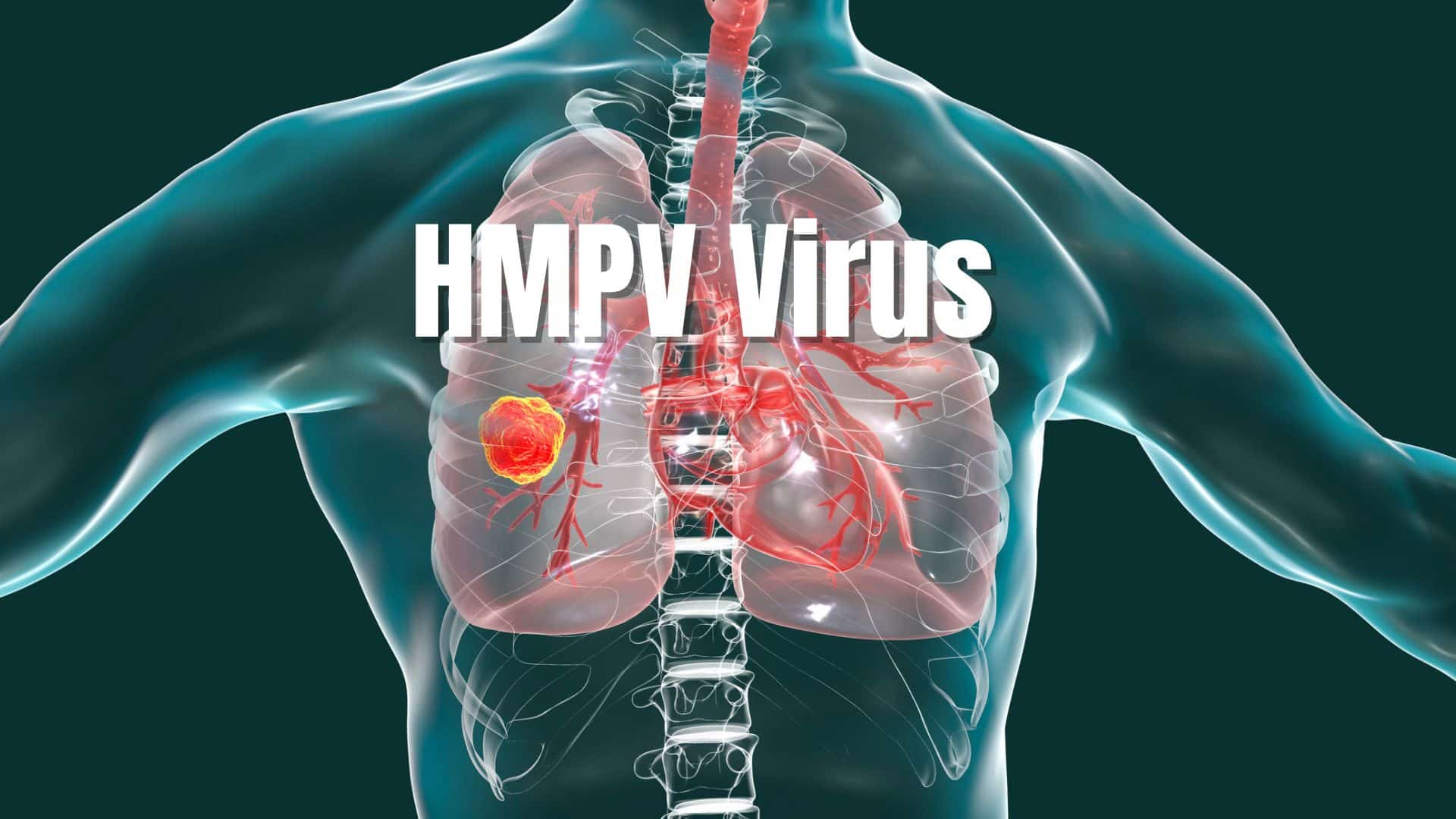Human Metapneumovirus (HMPV) Remains a Global Health Nightmare After 20 Years of Research
- Home
- Human Metapneumovirus (HMPV) Remains a Global Health Nightmare After 20 Years of Research

Human Metapneumovirus (HMPV) Remains a Global Health Nightmare After 20 Years of Research
Human Metapneumovirus (HMPV) has been a global health concern since its discovery in 2001. Despite over two decades of research, this respiratory virus continues to pose a significant challenge, with no vaccine available to protect against it. As cases of HMPV rise in China and other parts of the world, experts are becoming increasingly concerned about the lack of targeted treatments and vaccines. So, why is HMPV still so difficult to manage? Let’s take a closer look.
What Is HMPV?
HMPV belongs to the Pneumoviridae family and the Metapneumovirus genus. It is an enveloped, single-stranded, negative-sense RNA virus that primarily causes respiratory infections. HMPV was first identified in 2001 by Dutch scientists who isolated it from nasopharyngeal aspirates taken from children suffering from respiratory symptoms. However, despite its identification over 20 years ago, the virus has likely been circulating globally for much longer—at least 60 years.
HMPV is similar to other common respiratory viruses, but what makes it particularly challenging is the lack of effective antiviral treatments. According to the Chinese Centre for Disease Control and Prevention (China CDC), no specific medication has been developed to combat HMPV, leaving doctors with few options other than supportive care such as oxygen therapy, intravenous fluids, and corticosteroids for severe cases.

Why Hasn’t a Vaccine Been Developed for Human Metapneumovirus ?
Despite years of research, a vaccine for HMPV remains elusive. Researchers have made progress in understanding the virus, but developing a vaccine has proven difficult. One of the key reasons is the virus’s ability to constantly evolve and adapt, making it challenging to target effectively. Moreover, developing a vaccine for respiratory viruses generally requires significant resources, extensive clinical trials, and time, which have all contributed to the prolonged absence of a vaccine.
The Ongoing Struggle: Lack of Treatment Options
Currently, there is no antiviral medication specifically for treating HMPV. As Cleveland Clinic notes, supportive therapies are the primary treatment options for severe cases, and hospitalization is often required, especially for vulnerable individuals. Children, the elderly, and those with underlying health conditions are particularly at risk for complications from HMPV.
Preventative measures like mask-wearing in crowded spaces, regular hand washing, and staying home when ill are recommended to reduce the transmission of the virus. However, the absence of a vaccine means that these measures remain the primary defense against infection.
Rising Concerns About HMPV in China
Recently, China has seen a noticeable increase in HMPV cases, particularly among children. This uptick in cases has put a strain on healthcare systems, especially children’s hospitals, which are struggling to manage the rising number of respiratory infections. With winter approaching, seasonal flu and pneumonia—often referred to as “white lung”—have further exacerbated the situation.
Reports from China’s National Disease Control and Prevention Administration indicate that while the overall number of respiratory infections is lower compared to 2023, HMPV cases have increased significantly, particularly among children under 14. These rising cases have prompted Chinese authorities to implement a new monitoring system for pneumonia of unknown origin, aimed at improving preparedness for emerging health threats.
Kan Biao, a senior official from China’s National Disease Control and Prevention Administration, stated, “Respiratory infectious diseases are likely to rise in winter and spring. However, the total number of cases this year is expected to be lower than in 2023.” Despite the lower overall numbers, the growing prevalence of HMPV has raised serious concerns about the virus’s potential to become a more widespread threat.
The Global Impact of Human Metapneumovirus and What Lies Ahead
Human Metapneumovirus continues to be a major global health threat due to its ongoing ability to spread rapidly, especially during the colder months. The absence of a vaccine and specific antiviral treatments leaves individuals and healthcare systems vulnerable to HMPV infections.
As countries like China face rising numbers of respiratory illnesses, including HMPV, health authorities and researchers are working to better understand the virus, improve diagnostic methods, and develop more effective prevention strategies.
While we still have a long way to go, the hope is that with continued research and global cooperation, Human Metapneumovirus can eventually be controlled, reducing its impact on public health.
- Share
